ARTICLE AD BOX
If the past decade of English football has one unifying theme it is tactical renewal.
Since the mid-2010s - and since Antonio Conte, Pep Guardiola and Jurgen Klopp - the Premier League has attracted Europe's best coaches, putting a once sleepy and unsophisticated division at the vanguard of tactical innovation.
But we are in a moment of flux. New ideas still flood into the league but nothing, yet, has emerged as the next great theory. As Guardiola treads water at Manchester City we are waiting to find out where the sport goes next.
Here are some ideas - some quirkier than others - for where the game could go next.
Let's start with one of the weirder ones… but also one that feeds most directly into where the game seems to be heading.
A couple of years ago the way Roberto de Zerbi stretched the pitch from goal-kicks was all the rage.
He kept five players next to his goalkeeper and stuck five players on the halfway line, emptying central midfield and splitting a confused opposition in two. Brighton would then kick it long, bypassing half the team.
This kind of thing might come back again, and certainly long balls are boomeranging back into fashion as the natural antidote to high pressing, short goal-kicks and high defensive lines. A decade of sucking everyone into tight spaces was bound to trigger a counter-reaction of stretching things back out.
So, here's a thought for all those high-risk De Zerbi types.
When defending a corner, instead of packing the box with bodies, why not begin a game of chicken and leave four or five on the halfway line?
This would create exciting five-on-two long-ball counter-attacking scenarios, or, more likely, force the attacking team to leave five or six players back.
Just like that you've decluttered the penalty area and, at the elite level, clearing a path for the goalkeeper and creating simpler one-on-one marking could reduce the chances of conceding.
Corners are in vogue at the moment and the set-piece coach is the new must-have accessory. But maybe we're looking too closely at 'love trains' and marking systems in a messy penalty box.
It's within a team's power to free up space and lean into ultra-stretched football. Just don't be chicken.
Pre-planned formation changes
There isn't enough deception in football tactics.
There are the 'dark arts' of defending, the dummy and the no-look pass. But where are the Trojan horses, the tactical decoys?
Players are getting more versatile all the time and (most) managers are too, regularly changing formation between matches and within them. In fact, a lot of managers these days would reject the idea of the formation.
But there are still basic differences between, say, the 4-3-3 and the 3-4-2-1, and although a lot of coaches are comfortable switching it up based on the game state - moving to a back three to see out the final few minutes of a 1-0 lead, for example - nobody changes formation early in a game.
And nobody is doing it to fool the other manager.
Imagine two teams lining up in similar 4-3-3s, with touchline-hugging wingers and two number eights in front of a defensive midfielder. For the first 10 minutes they feel each other out, getting used to their opponents' patterns.
Then all of a sudden one team swaps to a 3-4-2-1. The wingers disappear, the three-player triangle in midfield becomes a box-shape four, and the other side has to scramble to keep up.
Five minutes later, they change back again. Or switch to a third system entirely. It would be chaotic, but the team who planned the switches in training would have a huge advantage in those frantic few minutes of adaptation.
And it could have a huge impact on the game because, at the risk of getting highfalutin, it would require a new way of thinking about time.
Currently football people only think about time in quite a limited way: how long we have to hold on to the lead, when the first substitution should be made, when to throw the kitchen sink.
Time is an attritional dance with the other team, something we react to, the variable that slips through our fingers.
Decoy formations would require breaking up the game into chunks of time and planning each segment. Once we start thinking this way, the 90 minutes could feel longer and richer - something to seize and control.
Where are all the Rory Delap clones?
There are about 30 throw-ins per match yet nobody has thought to seek innovation around the most common set-piece in the game - and one with an (inexplicable) detail ready to exploit: no offsides.
Except, of course, one man did innovate some 17 years ago. It's just that nobody has thought to copy him.
A Rory Delap throw arrowing through the sky is one of the Premier League's most iconic images.
His throw-ins led to 25 Stoke City goals in his first four seasons at the club, terrifying defences to the extent that on one infamous occasion Hull City goalkeeper Boaz Myhill chose not to clear for touch but boot the ball straight out for a corner.
And yet the technique of Delap's throw-in retired with him.
Presumably there is nothing unique about Delap's musculature that prevents it from being taught to others, so why has it never been repeated? Why hasn't Mikel Arteta - who says he takes comparisons with Tony Pulis' Stoke as "a compliment" - brought Delap on to his coaching staff?
The most likely explanation is the "Rick Barry" phenomenon. Barry retired from the NBA in 1980 as the all-time leader in free-throw shooting percentage, having exclusively used under-arm "granny throws", yet nobody has copied his technique. It is seen as childish, uncool, un... basketball.
Shaquille O'Neal, when advised by Barry to "granny throw" in response to his poor 52% record, summed up the problem: "I'd shoot 0% before I'd shoot underhanded."
Maybe a similar phenomenon means Delap's throws are seen as too ugly and too direct - too far outside the elegant philosophies of the elite managers - to be repeated.
If so, they ought to loosen up. If someone breaks down that barrier it could lead to a flurry of copycats, permanently turning the throw-in into a corner-like chance and permanently changing how football is played.
It would be an exaggeration to say centre-backs have gone unchanged over the past couple of decades.
Chris Wilder's overlapping centre-backs at Sheffield United have led to a pared-back version become commonplace for managers who deploy a back three. England manager Thomas Tuchel, for example, may instruct his outside centre-backs to linger towards the corner of the penalty box.
But by and large the position is untouched. And after years of full-backs being redeployed, culminating in Ange Postecoglou using his full-backs as number eights, maybe it's time we give the centre-back new responsibilities.
There's nothing new about the marauding centre-back, you might say. Franco Baresi used to break lines some 40 years ago, while in England Rio Ferdinand became renowned for this feature of his game in the 2000s.
But we could take this one further.
Centre-backs, unmarked and untracked, could start to make off-the-ball runs through the lines, slipping unnoticed right up into the forward line and beyond like Destiny Udogie at Tottenham Hotspur.
If a full-back shuttled across to cover then there's no reason why powerful centre-backs - better on the ball than ever - can't be freed to become the spare player; the disruptive force that sneaks through the system.
Playing without a goalkeeper
OK, wait. Hear us out.
Liverpool are 1-0 down against League One opposition in the EFL Cup. There are five minutes left on the clock and all 11 opponents are camped in their third.
Goalkeeper Alisson is now in a quarterback role, sat on the halfway line spraying passes left and right.
So, Arne Slot withdraws Alisson to bring on an extra forward and, with an ironic flourish, gives he-needs-to-get-serious-about-his-defending's Trent Alexander-Arnold the goalie gloves.
Trent stayed behind in training the previous week for a few extra sessions to learn the basics of goalkeeping, even though he's unlikely to do any during his five minutes on the pitch.
And if he is called upon then a) Alexander-Arnold in goal might encourage a wild shot from distance that's easier to gather, or b) would face a four-on-two break that goalkeepers rarely keep out anyway.
It sounds mad at first, but the more you think about it... why not? Liverpool lose little while gaining a better quarterback distributor and an extra forward.
Real tactical innovation requires maverick thinking. Yes, the role of a keeper has already evolved over the past decade, but let's see what Alexander-Arnold can do in goal.

 2 days ago
6
2 days ago
6
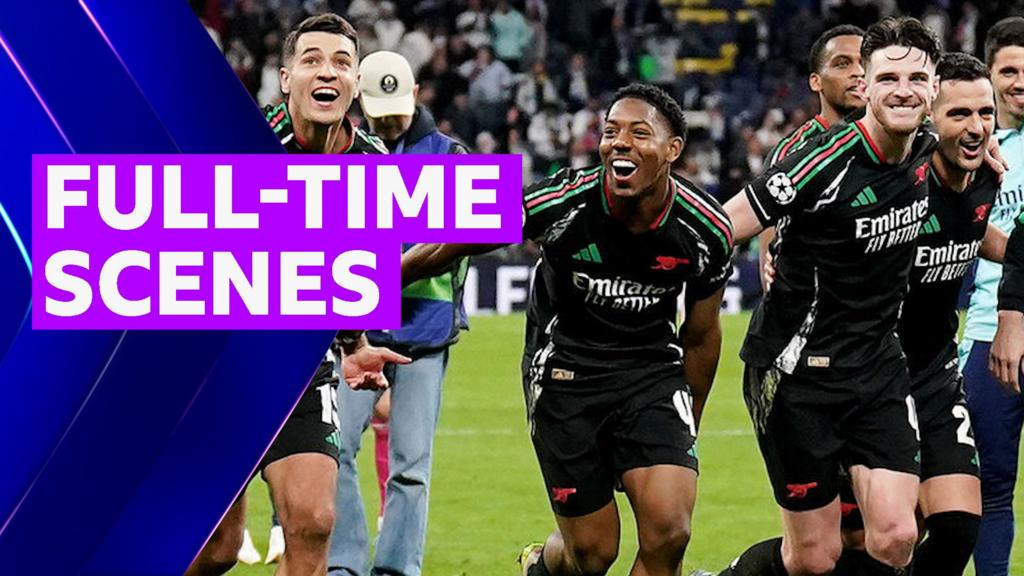
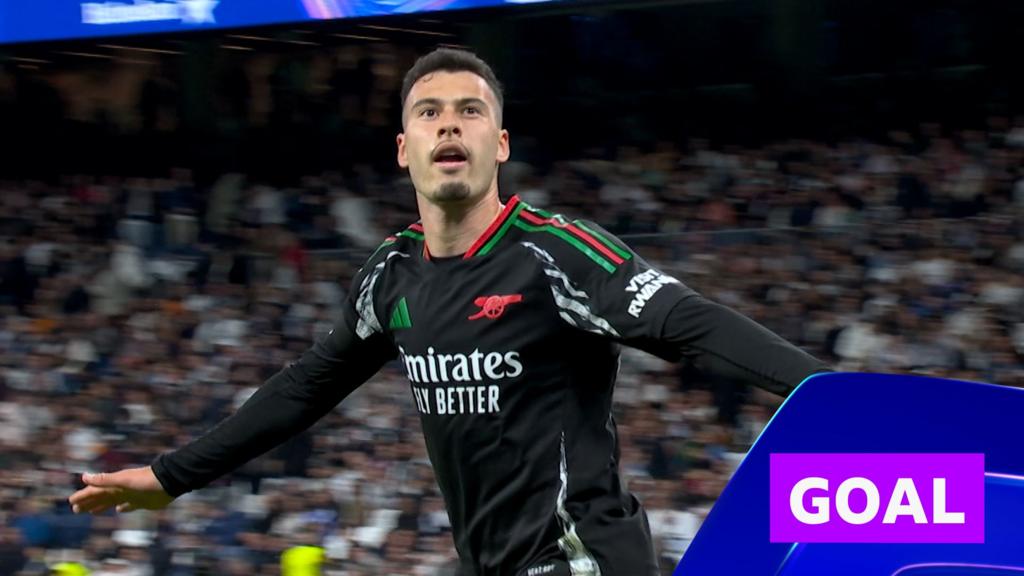
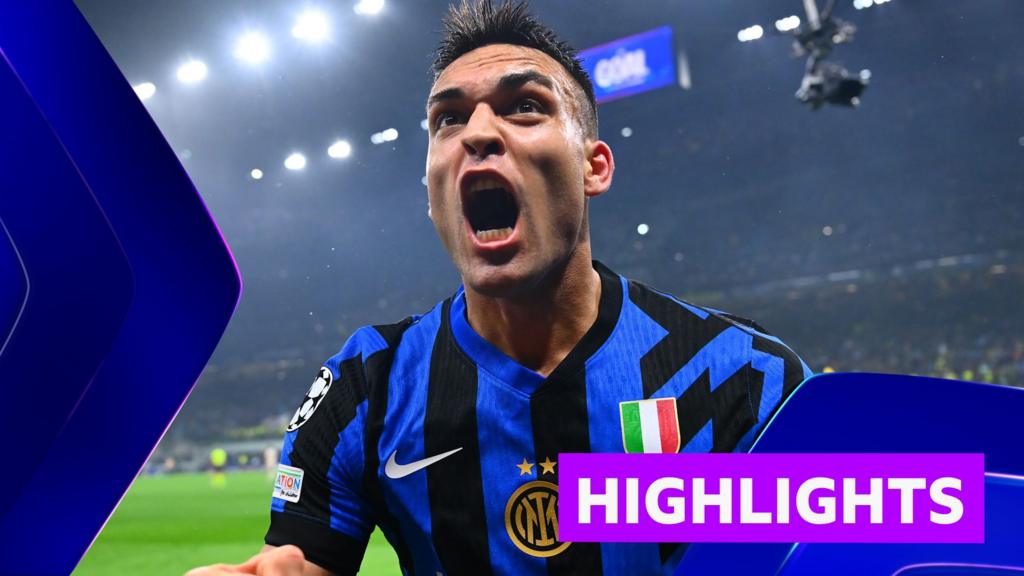
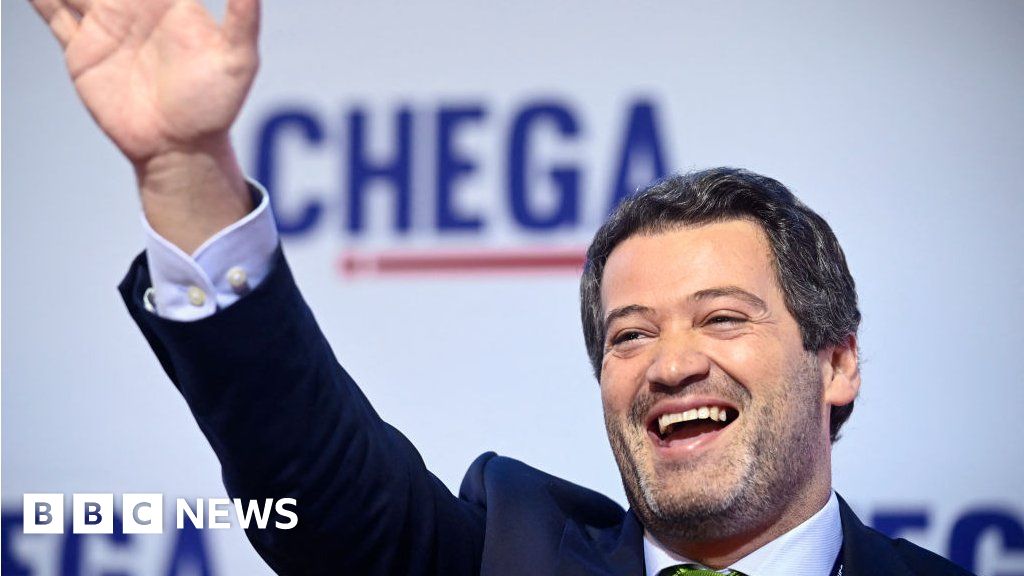

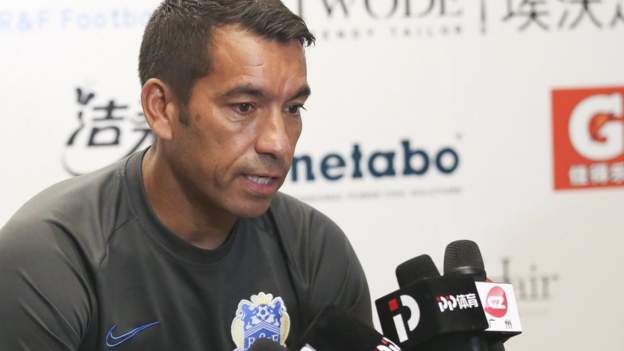

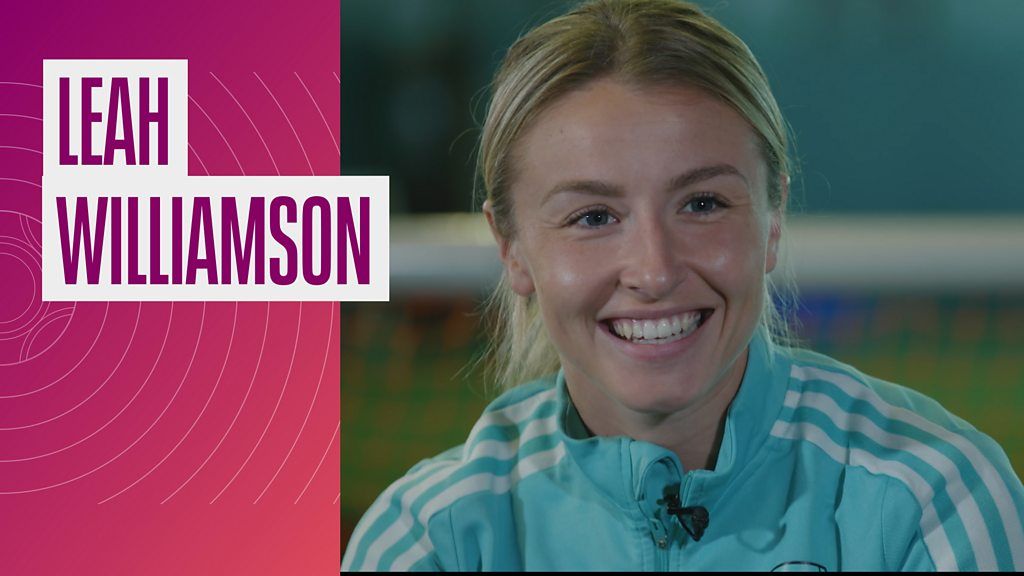
 English (US) ·
English (US) ·